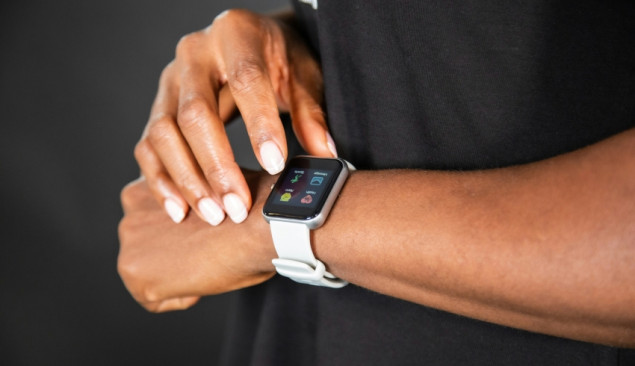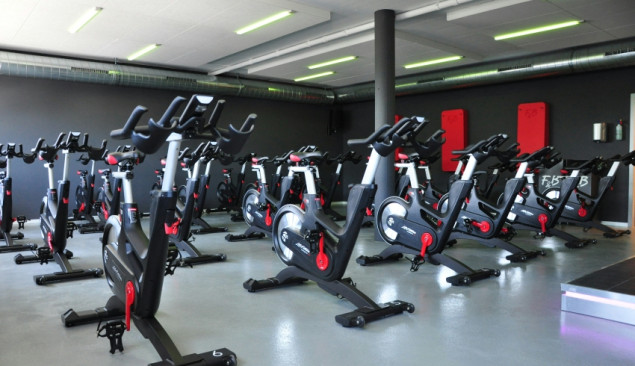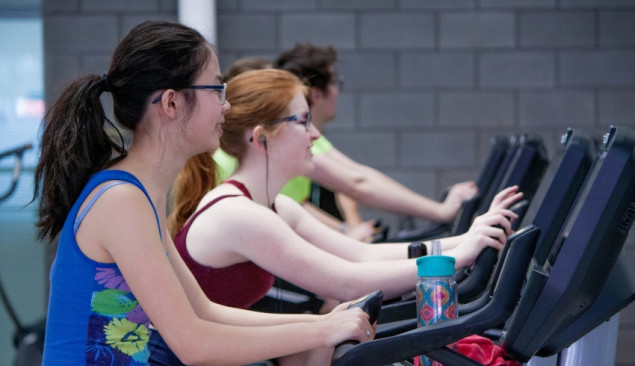Technology such as AI, metaverse, and IoT are powering a personalised experience within and beyond the walls of gym franchises
Today’s fitness industry is a far cry from what it was 10-20 years ago. Long gone are the days when gyms were spaces exclusively for the hyper-health-conscious or muscle-bound. Nowadays, the simple truth that some form of regular exercise is essential for a healthy, happy life is widely embraced.
Gyms have seen their membership numbers continue to rise over the decade, with 10.3 million people (15% of the UK) now active gym members. Demographics have also shifted, with women outnumbering men.
However, society’s greater appreciation for health and fitness isn’t the only thing driving membership numbers – technology has given fitness franchises the ability to significantly widen accessibility and engagement with their services. For many, tech has become a powerful way to differentiate a brand from the competition.
There are so many routes to go down here: from gyms ensuring their services are compatible with wearables and fitness apps so activity can easily be tracked – whether at the gym or at home – to fully integrating services with the metaverse or powering bespoke services through AI.
As such, the fitness industry is embracing technological innovations and using them to reshape and optimise the sector as a whole – which means exciting opportunities on the horizon for franchisees.

The evolving state of the UK fitness sector
Fitness was heavily impacted by Covid-19 lockdowns – with one report estimating UK gyms lost around £3.1 billion between 2020 and 2021. However, franchises have used technology to recover and thrive by rapidly adapting to shifts in the market and customer needs.
“The fitness industry’s dynamic relationship with technology extends back to the days of VHS and DVDs featuring our favourite celebrities,” says Kevin Yates, COO of Snap Fitness. “However, the Covid-19 pandemic prompted a seismic shift in how traditional gyms and health clubs incorporate technology into their operations.”
For many individuals, the pandemic highlighted just how important exercise was to health and wellbeing, regardless of whether a gym was physically accessible. So, for franchises and entrepreneurs in the fitness industry, this became a time to use creativity to overcome these challenges.
“We’ve always been big believers in using technology and innovation to elevate a class experience beyond just an interaction between a teacher and a student,” says Max Henderson, co-founder and CEO of Hotpod Yoga. “[With technology] we were able to deliver something multi-sensory, unique, and immersive.”
Technology has knocked down the gym walls over the past few years. For example, the NHS’ Couch to 5k app gamifies cardio and encourages people to go running for the first time. Meanwhile, virtual reality (VR) game Beat Saber in the metaverse similarly achieves this by challenging players to slice digital blocks in half with lightsabers, leaning from side to side and squatting to duck under obstacles – which really builds up a sweat.

Considering this year saw the UK fitness industry market value reach an all-time high, according to the annual State of UK Fitness Industry Report, it’s clear the embrace of technology has had a positive effect on the sector.
“The current fitness landscape is marked by a prominent trend – integration,” says Yates. “Fitness clubs are now offering a seamlessly connected fitness experience, using technology to comprehensively support their members across various aspects of health.”
Since for a large chunk of gym-goers, technology is now inextricably linked to exercise, franchises have to make careful choices about their investments. As CEO of Les Mills Media, Jean-Michel Fournier puts it: “Millennials and gen Z are the ‘anywhere and everywhere’ generation, who now make up 80% of the fitness market. This generation of ‘digital natives’ has grown up with technology seamlessly integrated into their daily lives, so they have evolving needs for their fitness experiences.”
Whether that’s in the form of integrated apps to help gym goers track and link their efforts across equipment and locations, or by exploring new ways to ensure patron safety. For example, some gyms are using UV lamps with quartz anodised reflectors that are capable of removing 99.9% of all bio-contaminants in air conditioning units and swimming pool filters, which shows great potential for further development.
The choices franchise owners make today will have a dramatic impact on their success in the coming years.

How tech is shaping fitness franchises
Technology is driving growth in the fitness sector in a myriad of ways. “Gyms and fitness clubs are exploring innovative technological applications, such as virtual reality (VR) workouts, DNA and epigenetic testing for personalisation, and smart equipment with IoT connectivity,” says Daniel Herman, founder and nutritionist at Biosynergy.
“These advancements create immersive, personalised, and interactive fitness experiences, motivating users to stay committed to their goals. Gamification features in fitness apps add a competitive edge, enhancing engagement and enjoyment.”
Personalisation of fitness is a growing trend for franchises looking to really differentiate their offerings. “When we assess a new client, we explore every aspect of their lifestyle and collect more than 150 data points – no one else does this,” says Nick Mitchell, global CEO and founder of Ultimate Performance. “This enables us to build a bespoke system that then allows us to create personalised plans unique to every client.”
New developments in AI mean the ability to create such bespoke services can become more accessible to smaller franchises – but the value of AI in gyms runs even deeper. “By deploying AI, gyms can liberate their talented staff from routine processes, allowing them to invest more time in personalised member interactions,” says Yates. “This shift enhances face-to-face engagement, contributing to an enriched overall brand experience.”
Ultimately, whether a gym decides to simply make services more digitally interactive or has aspirations to build a brand new type of gym in the metaverse, the most important thing is to start thinking about it now. And that begins with considering what your strengths are and how you can use technology to amplify them.
The future of the fitness sector is in the tech realm – and it’s down to each franchise to plot their own path there.
Images: bruce mars, April Laugh, David Marioni, and Trust “Tru” Katsande on Unsplash
The author: Efe Otokiti is a freelance writer specialising in B2B and the technology sector.
















__59_59_80_s.jpg)


_59_59_80_s.jpg)








